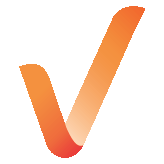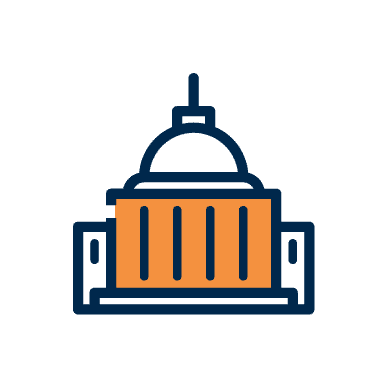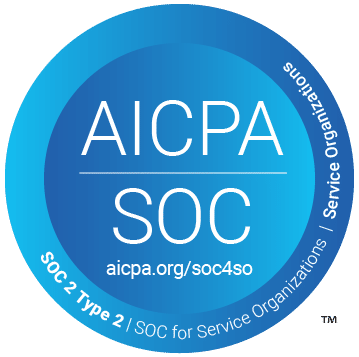As the keynote speaker at the Health Care Compliance Association (HCCA) Compliance Institute on April 21, 2021 the HHS OIG Deputy Inspector Christi Grimm reviewed the OIG’s top 10 compliance priorities for 2021 and beyond. Among those priorities was modernizing program integrity and compliance information. The stated goal of this initiative is to make the OIG’s information more usable by the health care industry and the OIG’s program integrity partners.
“We have been thinking about what OIG can do to make program integrity and compliance easier across the health care industry. We all know that when we make something easier to accomplish, we often get more of that thing. Modernizing program integrity and compliance information means making it easier for you to access and use information that supports your work. Through doing so, we hope to spur innovation and improve compliance programs.”
This initiative includes within its scope the types of program integrity and compliance information that the OIG provides today, such as its alerts, bulletins, FAQs and guidance currently published by the OIG. However, equally (if not more) important is the OIG focus on how program integrity information will be accessible to the public. Ms. Grimm specifically called out the OIG’s own List of Excluded Individuals and Entities (LEIE) as an information source that may be ripe for improvement:
“…The List of Excluded Individuals and Entities or LEIE gets 26 million visits annually, and we recognize that using it often requires a manual process. As part of this new initiative, we are considering how best to adopt modern data sharing practices for the LEIE, such as application programming interfaces, also known as APIs. Modernized LEIE information will mean that data are easier to access through compliance software and apps that use APIs, and can support the development of new tools and approaches to compliance.”
In 2020, the OIG issued a report listing the top management and performance challenges faced by the HHS. In that annual report, the OIG noted that the accuracy of data submitted by states to federal repositories remains a potential challenge, as does inter-agency data sharing and the ease of public access. Therefore, Ms. Grimm’s recent announcement of this initiative appears grounded in the recognition that these concerns apply to the LEIE as well.
As a pioneer in the field of automated screening services. Streamline Verify understands well the challenges faced by LEIE users and has developed technology solutions to address the gaps and deficiencies of which Ms. Grimm spoke. Below are some of the current risk areas that Streamline Verify recognized and has addressed through years of research and refinement of its screening tools.
- LEIE Data Currency
A chronic concern with the data in the LEIE is whether or not it accurately reflects current exclusions nationwide. Plans, providers and states are required to regularly screen its workforce and leadership against the federal lists such as the LEIE but if the data is not up to date, hiring and retention decisions are based on stale information. Since the ACA section 6501 requires that exclusion from one state Medicaid plan excludes a provider from all state Medicaid plans, the need for current data became even more critical. And while states, plans and providers are encouraged to check all state exclusion lists, there remains heavy reliance solely on the LEIE to provide the information needed.
The OIG is required to upload all state sanction and exclusion updates. However, not all states and licensing boards are equally as diligent about reporting exclusions – for example, Utah failed to report three convictions more than 2 years after the state had excluded those providers from Medicaid program participation – and this is just one example of state reporting issues. Streamline Verify has addressed this risk area by screening all state and federal exclusion and sanctions lists hourly as part of its screening process for clients. This eliminates reliance on the LEIE as the sole source of data and captures the most current from all available sources and offers robust, complete and current reporting. - Data Verification
In addition to the delays by some states in uploading data, an LEIE search can lead to potential matches that require further verification through other lists and resources. Cross-verification using the MED, the Medicare Preclusion List and the NPDB as well as state exclusion lists assures that hiring and retention decisions are based on all available data. Such cross-verification between multiple data sources is a key component of the automated solution offered by Streamline Verify.
In addition, GAO reports in 2015 and 2016, noted that the lack of common terminology across states in describing reasons for exclusions can create additional challenges for states to identify which providers were terminated for cause in other states. - Search Functions
Another issue with the LEIE is its search function which is extremely narrow and offers little flexibility. If an excluded individual uses a different name, such as a middle or maiden name, an LEIE search using the person’s first and last names may not result in any hits. Streamline Verify uses logic which broadens the search parameters to capture potential matches which the LEIE may not and provides clients with the option to conduct batch queries to further expedite the search process.
Because the LEIE reflects only current exclusions, it provides no information about whether an individual or entity had been excluded previously. For an employer to screen a potential hire, they must look to other sources such as the NPDB which does retain history. Streamline Verify offers reporting over time rather than just the current snapshot so that employers can make fully informed decisions about a candidate.
CONCLUSION
To address current LEIE limitations, enhance utility and adopt modern data sharing practices is technically complex. It will take years before the OIG can implement updates that will improve the exclusion screening workflow using its portal. In the meantime, it is very risky to go without an automated solution in light of the high potential for mistakes possible with the largely manual process required to use the LEIE. The good news for LEIE users is that capability is already available with Streamline Verify which invested its time and resources over many years of trial and error to perfect a product that meets client screening needs.




































